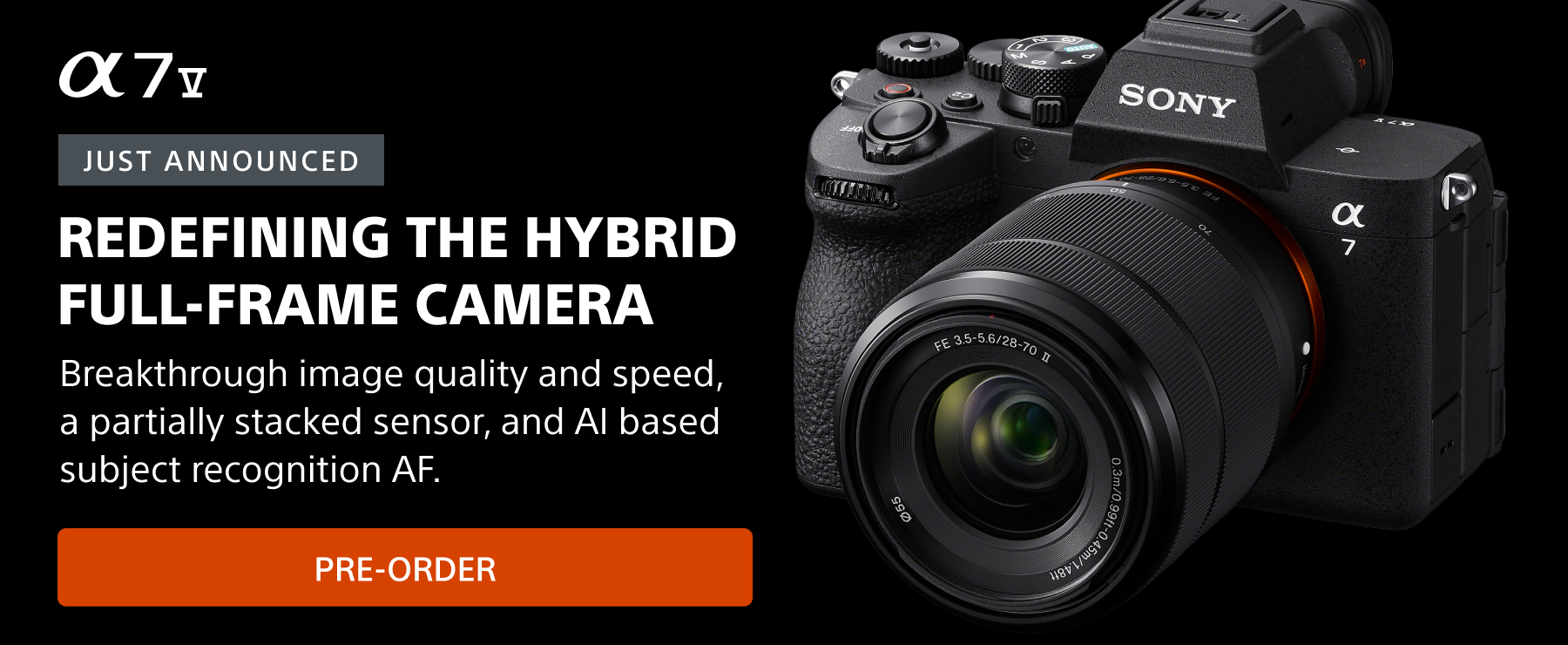Alpha Universe editor Christopher Robinson speaks with timelapse cinematographer Drew Geraci. In Tech Talk, we’ll rundown some camera setup tips for shooting timelapse. And finally we’ll wrap up with Drew Geraci sharing his top tip for aspiring timelapse movie makers in Do This Now.
Drew Geraci is a timebending cinematographer who has built a vast library of work that includes everything from captivating commercials for Cartier to breathtaking timelapse captures across the Alps and the Grand Canyon to the mesmerizing opening sequence to Netflix’s House of Cards. Drew is here to talk about the technology of timelapse, his surprising revelation about the new Sony Alpha 1, and the processing power he uses to produce his latest projects.
Tech Talk Timelapse Tips
Clouds are one of the most popular subjects for any timelapse filmmaker. To make a great moving cloud timelapse with smooth, silky movement the most important camera control is the interval. You want as fast an interval as possible and exactly what that interval will be is ultimately determined by the shutter speed.
With your camera in manual mode, a good place to start is to get your ISO and aperture set so that you have a shutter speed between 1/30th and 1 full second. Then set the interval to just slower than the shutter speed. If you set the interval faster than your shutter speed it won’t work because you’d be onto the next frame in the sequence before than previous exposure was made.
Experiment with different shutter speeds based on how fast the clouds are moving. With 1/30th to 1 second as a starting point, don’t be afraid to go with a slower shutter speed and interval if the clouds are moving slower.
The key point is to keep the shutter speed and the interval close to make for smooth-looking clouds.
See more about Drew at alphauniverse.com and subscribe to his YouTube channel HERE.
